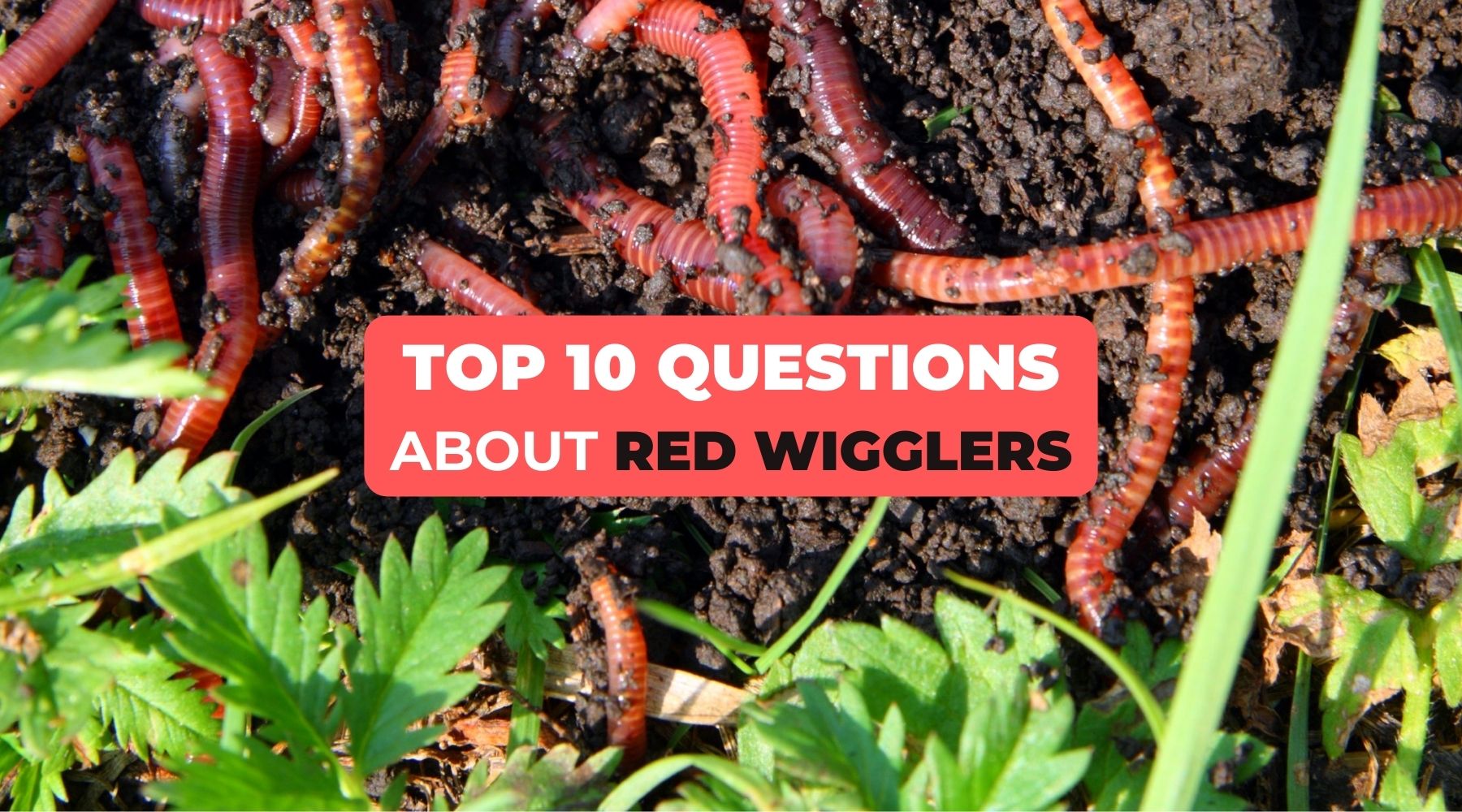Top Guidelines Of Red Wiggler Express
Top Guidelines Of Red Wiggler Express
Blog Article
Facts About Red Wiggler Express Revealed
Table of ContentsRed Wiggler Express Things To Know Before You Get ThisWhat Does Red Wiggler Express Mean?Little Known Facts About Red Wiggler Express.The Facts About Red Wiggler Express UncoveredThe Buzz on Red Wiggler Express
And the growing Red Worm population? Also in the stack that was established up straight in front of backyard composters with existing Red Worm swarms.
Many ranges, consisting of Red Wigglers, European Nightcrawlers, and Lumbricus varieties were brought over from the European continent. But here's the thingNative or not - and as skilled as they go to having the ability to endure in a wide-range of atmospheres and conditions -. To put it simply, they are even more most likely to hang around in any kind of energetic composting systems you have established, than they are to roam off and start wrecking the atmosphere.
Origins call for oxygen for respiration and depend on smooth air flow within the soil to grow. Nonetheless, when it rainfalls, dirt can end up being saturated with water, reducing the oxygen readily available and hindering vitamins and mineral absorption - Worm Farms United States. To preserve an optimum equilibrium, the soil has to allow water to drain effectively, leaving enough space for air to sustain origin health and wellness
An Unbiased View of Red Wiggler Express

When it involves worms for composting, what enters your mind? If you were an earthworm breeder, supplier, or simple gardener, after that you 'd recognize that red wiggler worms are the perfect worms for vermicomposting. To find out even more about these planet marvels, read with several of the red worm facts below.
(https://sublimelink.org/details.php?id=283521)However if they stretch their bodies, you'll be able to see the red stripes on their skin. When increasing worms such as red wiggler worms, you must have the ability to recognize just how to profit them. When you're able to maintain and take care of their habitat well, and likewise feed them the ideal type of natural wastes, then they'll have the ability to generate nutrient-packed and quality-rich worm spreadings for you (additionally called worm poop or compost).
The smart Trick of Red Wiggler Express That Nobody is Discussing
What do worms consume? Well, these red wriggler worms can be fed with kitchen scraps and garden wastes.

This habits makes them fit forever in worm containers, garden compost stacks, and various other constrained rooms where organic waste is bountiful. Creating an ideal atmosphere for red wigglers needs a thoughtful strategy. Think about the adhering to crucial components to take care of red wigglers at home and guarantee their health: Use a bed linen of shredded newspaper or cardboard.

Include a handful of completely dry, shredded newspaper if the bin comes to be also wet. Indeed, they do! Red wiggler worms duplicate by laying small, lemon-shaped eggs in safety cocoons. These cocoons are normally deposited in the bed linens and hatch into baby worms within a few weeks. The quick recreation cycle of red wigglers is just one of the reasons they are preferred for vermicomposting.
All About Red Wiggler Express
Their adaptability and durability have made them a preferred option for vermicomposting in various areas around the globe. Yes! They can endure from a range of 32F to 90F. They are incredibly adaptable animals. Consider protective measures for very severe temperature levels such as: Protecting the worm container with layers of straw or leaves.

When caring for your red wigglers it is very important to keep in mind to: 1) K.I.S.S (Maintain it Simple) and 2) everything in small amounts. These guidelines relate to feeding your compost worms, sprinkling your worm bins, and almost every little thing else involved in looking after them. Simply keep in mind - you can always add more food later on (but it's tough to remove feed once it's been included in a bin!).
Since I fed the red wigglers and garden compost worms excessive, they weren't able to keep up and gradually the older food went uneaten and developed anaerobic problems that killed the worms. The bright side is that there are really easy actions you can require to guarantee this does not occur! Right here're the 6 gold guidelines for exactly how often and just how much to feed your worms: Rule # 1: Moderation! You can always include more food later on.
Red Wiggler Express for Dummies
Leftover food will certainly result in anaerobic problems that will kill your online worms. It is alright to spray a little of their initial bedding (which ought to already remain in the bin) over the food, however the food needs to never ever be hidden and need to show up to your eye. Regulation # 5: See rule # 1! Guideline # 6: After the initial feeding, feed the worms 1/3 to 1/2 of their weight.
Report this page